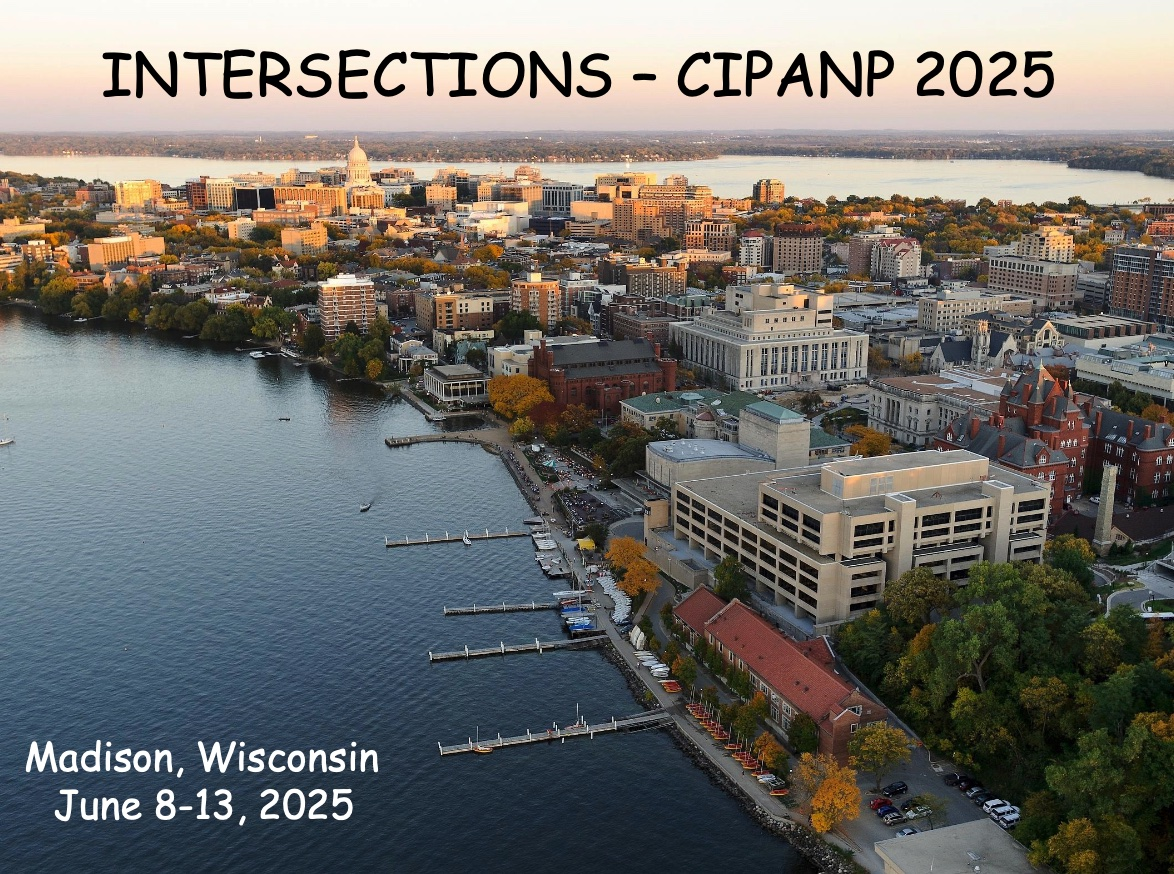Speaker
Description
Over the last few years, muon colliders have emerged as an exciting
option for enabling access to the 10 TeV energy scale in the post High
Luminosity LHC era in a compact and power-efficient way compared to
proton-proton alternatives. However, significant research and
development is required to address the fundamental challenge that
muons are unstable, and will decay continuously while moving through
an accelerator complex. This poses challenges for both accelerator and
detector design, as any detector will see a very large beam-induced
background (BIB) from the decay of muons in the colliding beams. In
this talk, I will discuss the potential physics program of a 10 TeV
muon collider, describe some of the experimental challenges, and then
present ongoing R&D work on MAIA (Muon Accelerator Instrumented
Apparatus), a potential detector design.

